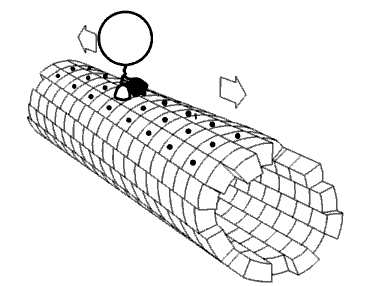
Photo from academic.microsoft.com
ABSTRACT Hyperthermia has been shown to be a medically useful procedure applicable for different indications. For the connection between clinical effects and heat, it is important to understand the actual… Click to show full abstract
ABSTRACT Hyperthermia has been shown to be a medically useful procedure applicable for different indications. For the connection between clinical effects and heat, it is important to understand the actual temperatures achieved in the tissue. There are limited temperature data available when using capacitive hyperthermia devices even though this is worldwide the most widespread method for loco-regional heating. Hence, this study examines temperature measurements using capacitive heating. Bioequivalent phantoms were used for the measurements, which, however, do not consider perfusion in live tissue. In general, the required temperature impact for an effective cancer therapy should need an increase of 0.2°C/min, which has been achieved. In the described tests on the non-perfused dummy, on average, the temperature increases by approximately 2°C in the first 12 min. The temperature difference relative to the starting temperature was 10–12°C within a therapy time of 60 min (rising from the initial room temperature between 20–24°C and 32–34°C). The average deviation with three individual measurements each on different days in a specified localization was 2°C. The minimum temperature difference was 4.2°C, and the maximum value was reached in the liver with 10.5°C. These values were achieved with a moderate energy input of 60–150 watts, with much higher performance outputs still available. These results show that the tested capacitive device is capable of achieving quick temperature increase with a sufficient impact into the depth of a body.
Journal Title: Electromagnetic Biology and Medicine
Year Published: 2017
Link to full text (if available)
Share on Social Media: Sign Up to like & get
recommendations!